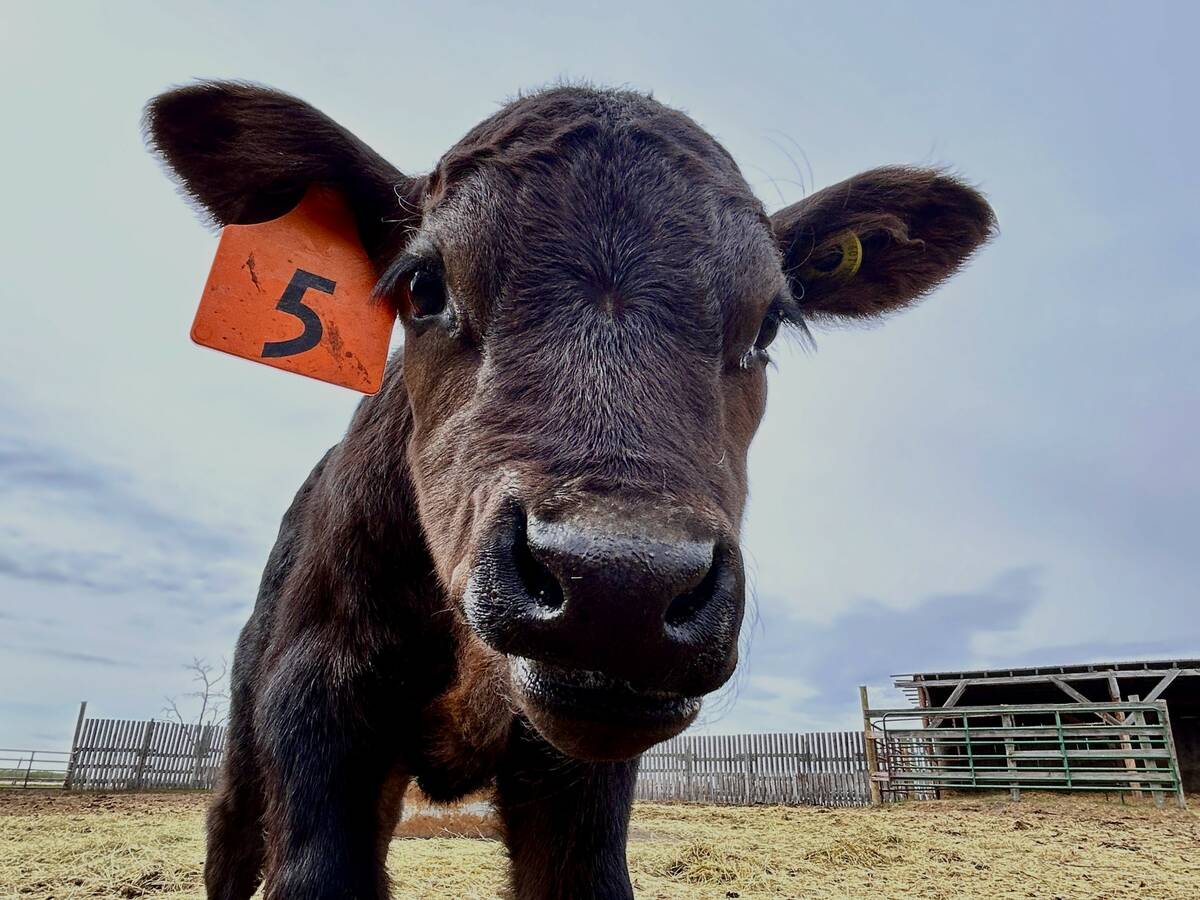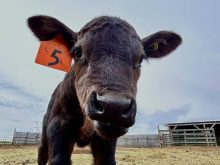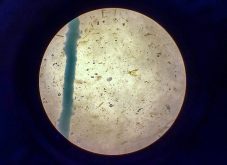WILLIAMS LAKE, B.C. – Research into a different type of food irradiation is showing promise at the University of British Columbia.
Researchers are looking at using electron beams rather than gamma radiation from cobalt 60. The electron beam may require less energy to destroy such food-borne pathogens as E. coli and listeria in ground meat.
A summary of the procedure was presented by UBC researcher David Kitts at the recent B.C. Cattlemen’s Association meeting in Williams Lake.
The United States Department of Agriculture approved irradiating ground beef in February 2000. Canada is expected to approve the process this year.
Read Also

Calf hormone implants can give environmental, financial wins
Hormone implants can lead to bigger calves — reducing greenhouse gas intensity, land use intensity and giving the beef farmer more profit, Manitoba-based model suggests.
“We understand that the risks are very small relative to the benefits, which is removal of food-borne organisms,” Kitts said.
Some people resist irradiation because they associate it with radioactivity. However, the short wavelength, high frequency gamma rays pass through the food, killing micro-organisms, but do not remain in the food.
Electron beams do not completely penetrate the product the way cobalt 60 irradiation does.
The process is not perfect, however. Exposing food to energy or light starts a chemical reaction and reduces shelf life. As a result, food processors may try to use lower doses of energy to reduce the chance of shortening shelf life.
There are ways to extend shelf life without compromising the irradiation process, Kitts said.
Modified atmosphere packaging can be used to halt oxidization, which leads to rancidity.
Feeding cattle vitamin E before they are slaughtered can also reduce oxidation.
















